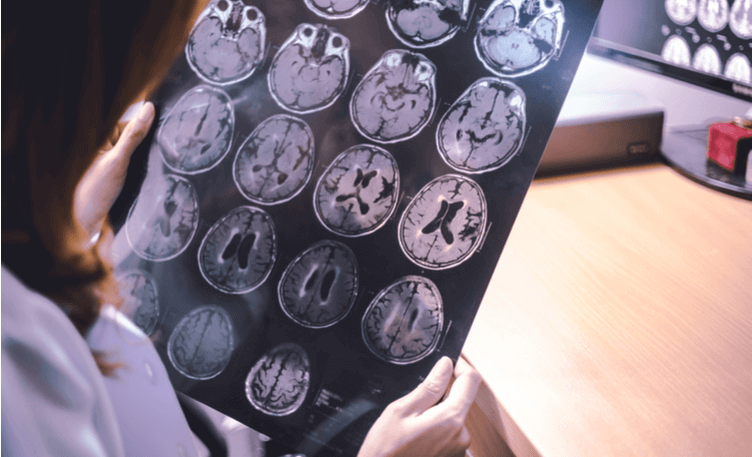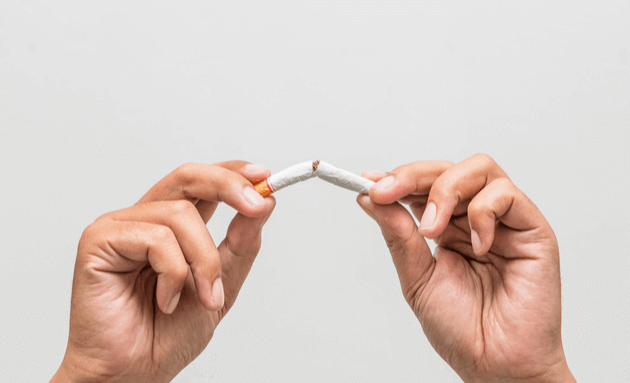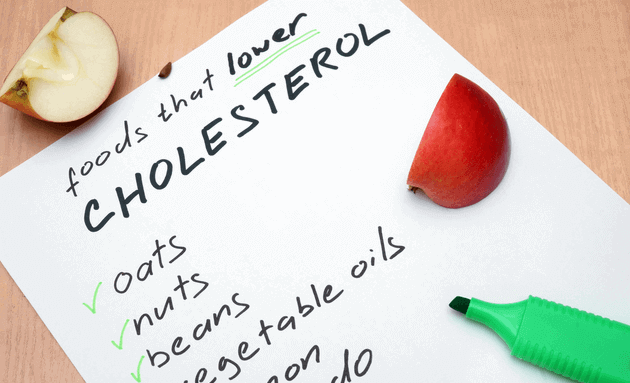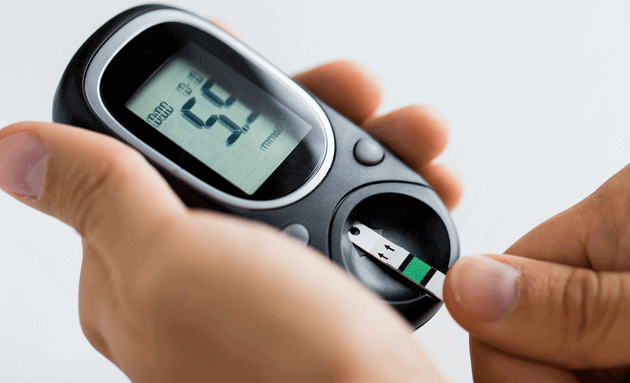7 Things You Can Do To Reduce Your Chances Of A Stroke

A stroke is a serious condition when the blood supply to the brain is restricted or stops due to a rupture in a weak blood vessel. The resultant lack of oxygen causes the affected brain cells to die rapidly, leading to disability, severe brain injury, or death.
How to Lower Your Chances of Getting a Stroke
It is possible to recognise the symptoms of a stroke. Immediate medical care and hospitalisation within the first four hours is critical as this can reduce the damaging effects of the stroke on the brain and body.
Typical causes of a stroke include:
- An Ischaemic stroke occurs when a blood clot appears in the brain or neck (thrombosis); when a clot moves from another part of the body to the brain (embolism); or when an artery leading to the brain narrows severely (stenosis), restricting blood supply in the brain.
- Haemorrhagic stroke occurs when there is a rupture in one of the blood vessels in the brain and consequent bleeding increases pressure in the areas surrounding the brain.
- Transient Ischemic Attack (TIA) or a mini-stroke takes place when the temporary lack of blood supply to the brain resolves itself before lasting brain damage occurs. A person experiencing a mini-stroke suffers from the same neurological symptoms of speech difficulties, inability to move the face or certain parts of the body. Although he or she may improve significantly after the temporary brain attack, immediate medical attention is advisable to rule out the possibility of a second stroke within a few hours or months.
Some of the leading risk factors that may contribute to a stroke are underlying medical conditions such as high blood pressure, hypertension and high cholesterol levels. Other factors include diabetes, family history, old age, smoking addiction, obesity and so on. The good news is that many of these are treatable.
7 Ways to Reduce Your Chances of Having a Stroke:
-
Be Physically Active

With everything available a finger-click away on your mobile phone or computer, and with apps to socialise online, it is inevitable that physical activity of walking to the store or meeting a friend personally takes a back seat. However, if not checked, a sedentary lifestyle can lead to weight gain, potentially developing into diabetes and high blood pressure. Start with small achievable goals and exercise for at least 15 to 30 minutes a day. You could also get in touch with friends to pursue some physical activities together, such as a game of badminton, cricket, jogging or walking around your premises, and so on.
-
Eat Healthily
While factors contributing to a stroke, such as family medical history, genes, or race, cannot be escaped, a healthy lifestyle is a key to reducing your chances of acquiring stroke-related health complications. Aim for a fibre-rich, low-fat diet and be sure to consume plenty of fruits, leafy greens, vegetables, fish, and lean meats in your meals for your daily intake of the required vitamins and minerals from food. This can also help you lose weight if you need to.
-
Quit Smoking and Reduce Your Alcohol Consumption

Smoking increases the risk of clogged blood vessels and build-up of plaque leading to narrowed arteries. Nicotine patches, pills, and counselling are some of the options available to help you cut down on your smoking and quit the habit. Besides, smoking, excessive alcohol consumption can lead to weight gain, high blood pressure, and hypertension, putting you at risk of a stroke. Try to limit your alcohol consumption to no more than the recommended number of units a week
-
Lose Weight
If you are obese or overweight, chances are that you are at a high risk of developing diabetes, hypertension and high blood pressure. It is not realistic to achieve your ideal weight within a short period of time, but with the right attitude and patience, this is possible. Do speak to your doctor who can then recommend you to a physical trainer, and/or dietician who can work together with you to create an effective weight loss plan.
-
Check Your Cholesterol Levels

An imbalance in cholesterol levels can be damaging to the heart as well as the brain. For example, an excess of low-density lipoprotein (LDL) - which carries and delivers cholesterol, or fat deposits, to the cells - can cause the fat to build up in blood vessels and narrow them. A diet low in saturated fats, exercise, and cholesterol-lowering medication can help you live a healthier life, and reduce your risk of a stroke.
-
Lower Your Blood Pressure
Consistent high blood pressure makes you over 4 - 6 times likely to build up plaque and thicken your artery walls, which may lead to a heart attack or stroke. Work with your doctor if you require medication to maintain healthy blood pressure levels. Also cut down on your intake of salt, alcohol, and caffeine. Plan a well-balanced diet, get adequate sleep, and try to achieve at least 30 minutes of physical activity a day.
-
Manage Underlying Health Conditions

If you are diagnosed with any of the following health conditions such as diabetes, hypertension and high blood pressure, atrial fibrillation, or heart attack, or if you have experienced a mini-stroke, managing your symptoms and being healthy should be your top priority.
- If you are diabetic, for example, control your blood sugar levels, maintain a balanced diet, get some physical activity or exercise into your daily regime, and see your doctor regularly.
- It is advisable to consult a doctor about assessing your risk to stroke if you have suffered a heart attack or experienced symptoms of irregular or abnormal heart rate. You may then be prescribed medication to avoid blood clots and to control your heart rate, depending on the severity of your condition.
Following some of the above strategies can certainly put you on the path to good health while taking away the risk factors of stroke. However, if at any point you feel the symptoms of numbness, slurred speech, or find someone else who is not responding or unable to move, get medical help immediately.






